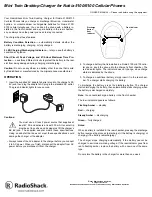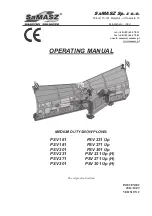
Order No. 2104 ..
4.2.4.3.2 Humidity sensor
General
A combination sensor, which enables a measurement of the relative air humidity, is integrated in
the device. The measured value can be transmitted instantly to the bus via a separate 2-byte
object, and thus be made available to KNX display components. The measured value is also
used for calculating the dew point.
-
Measuring range... 10 ... 95 % rel. humidity
-
Work area... 0 ... 95 % (non-condensing)
Humidity measurement
The humidity sensor measures the humidity in the room cyclically, which serves to improve the
indoor climate. A relative air humidity between 40% and 60% is recommended as a comfort
range for offices and working areas.
To ensure that an accurate value is constantly determined for the relative humidity, it is very
important to also measure the exact temperature of the room air in addition to the humidity
value. For this purpose, the determined room temperature value, and if necessary, the room
temperature value adjusted by ETS parameters is used, whereby the self-heating of the sensor
is compensated among other things.
Furthermore, the value of the relative air humidity is necessary for calculating the dew point.
With the aid of the dew point and dew point alarms, the condensation of humidity can be
prevented on cold thermal bridges.
Dew point
The dew point temperature is calculated by the device on the basis of the determined room
temperature. Digital sensors as used in this device, for example, provide the basis for this. The
determined humidity value of the sensor is adjusted by means of the Magnus formula which is
an approximation formula for calculating the saturated vapour pressure depending on the
temperature. It is very accurate (< 0.22 %) in the range between 0°C and 100°C and is primarily
used in meteorology and building physics for determining the dew point.
Before reaching the dew point temperature, an alarm object can be switched, which activates
the room ventilation, for example. The temperature difference before reaching the dew point
temperature, i.e. the alarm threshold, is set via the parameter "Lead dew point alarm". The
switch-off hysteresis defines the temperature value below the alarm threshold at which point the
dew point alarm is deactivated again.
It is possible to select whether one or two alarm objects should be used. The data format of the
alarm object can be selected between 1-bit and 1-byte.
Behaviour in case of sensor faults
The device monitors the integrated, digital, combination sensors cyclically. If communication is
permanently impaired (e.g. due to a sensor or device fault), the corresponding alarm object
"sensor fault" is written with the value "ON" for the error message and a telegram is transmitted
to the bus.
The sensor is deactivated by the device during a fault. Afterwards, an attempt is made to
cyclically reactivate the sensor. If this is achieved reliably after a certain amount of time, the
device resumes measuring the physical values and also resets the sensor fault message by an
"OFF" telegram. In case of an impaired and deactivated sensor, the value "0" is output as
measured value.
i
After a device reset (programming with the ETS, bus voltage return) the objects "sensor
fault" are updated according to the current state and telegrams are transmitted to the bus.
Page 55 of 171
Software "KNX CO2 sensor"
Functional description
















































